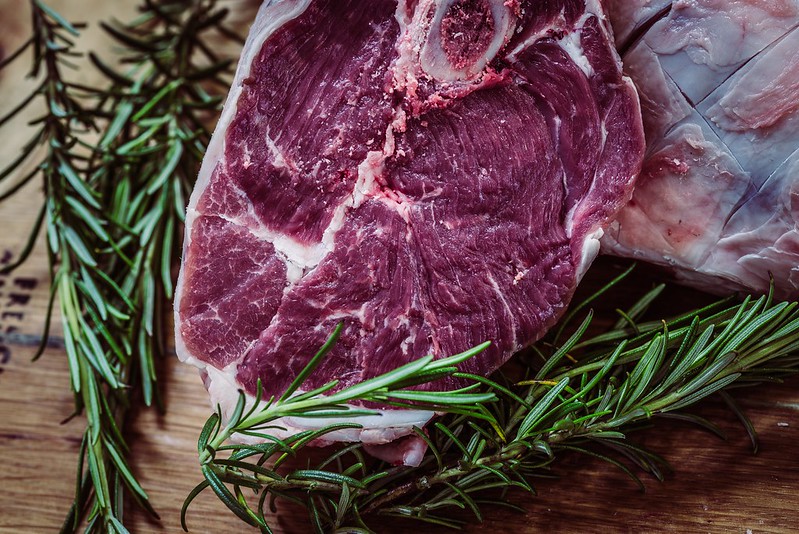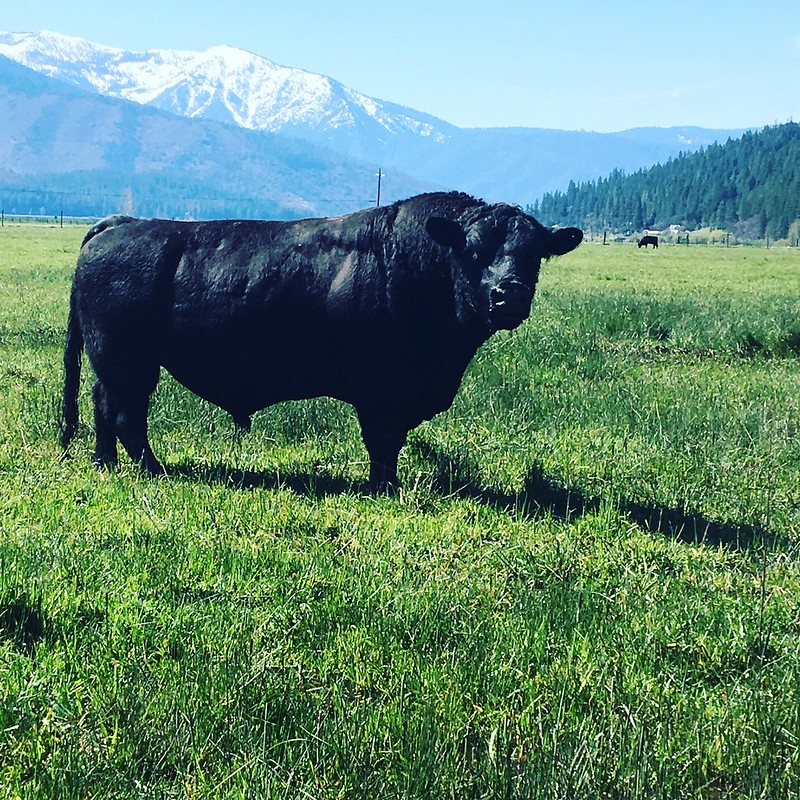-
Why to Choose Grass-Fed Meat vs Grain-Fed
Much like some of the other basic nutrition topics we’ve been covering recently, I know for many of you, this information on Why to Choose Grass-fed Meat, it may be old news. Feel free to skip on by and wait for the next post, but if this information is new to you or you want a refresher or to learn more, I got you. As you have heard me say, time and time again, every day, every single day, I encounter people outside my little sheltered food/nutrition bubble, who haven’t yet received this information and knowledge that many of us take for granted, being deeply rooted in our daily food choices for some time. Rather than assuming that everyone already knows this stuff, I would rather create simple posts that are easily accessible to them/you to share, inform and empower you with the knowledge to make better decisions for you and your health.
Nutrition
Not all meat is created equal. But, I am sure most of you know that at this point. As you also know from recents posts here on Tasty Yummies, fat can absolutely be an incredibly nutrient rich part of your diet, but this same macronutrient when of the wrong variety, can also cause numerous diseases, inflammation, digestive issues and more. The diet of the animals we eat, can greatly change the fat in it’s tissues (and consequently the meat that we eat), among other nutritional differences. According to a study 1http://www.csuchico.edu/grassfedbeef/research/Review%20Grassfed%20Beef%202010.pdf conducted by California State University’s College of Agriculture, grass-fed beef nutrition includes significantly more omega-3 fatty acids (2 to 4 times more yhan grain-fed) and more conjugated linoleic acid (CLA) than grain-fed beef. The ratio of omega-3 to omega-6 in grain-fed meat is much worse than grass-fed and it’s not because the omega-6 content of beef fat skyrockets with grain feeding; it is however because the omega-3 content is basically nonexistent in the grain-fed animals. Due to the modern, standard American diet (SAD), many people are highly omega-3 deficient and therefore the ratio to bad omega-6 fats is severely imbalanced due to it’s prevalence in a SAD, which can lead to a chronic exacerbated inflammatory response, a general state of systemic inflammation, and the development of the various diseases with an inflammatory root.
Conjugated Linoleic Acid of CLA is a strong polyunsaturated fatty acid that must be obtained from our diets. CLA has been shown to discourage weight gain and build muscle, as well as support metabolic and cellular health by helping to transport fatty acids into the mitochondria and boost immune health. It has even been shown to lower the risk of cancer. 2https://www.ncbi.nlm.nih.gov/pubmed/15941017 High-quality grass-fed beef and butter from healthy, grass-fed cows or other animals are the top sources of CLA.
Grass-fed beef, is also one of the best protein foods around, is also higher in precursors for vitamin A and E and cancer and heart disease-fighting antioxidants compared to grain-fed beef. It is also higher in B vitamins, vitamin K and trace minerals like magnesium, calcium, and selenium. Grass-finished beef has higher proportions of cholesterol neutral stearic fatty acids and less cholesterol-elevating short chain fatty acids, such as myristic and palmitic acid. Grass-fed meat truly shines in the micronutrient profile for one major reason: Grass-fed cows get more nutritious food.
Ideally these animals are grass-fed for their whole life. Only exclusively grass-fed cows live out their entire lives on grassland. The rest may start their lives on open pasture and are then eventually moved to a feedlot. Often meat being sold as “grass-fed” is an animal that was fed grass for a short time, early in it’s life, but finished with grain, to increase weight gain, to fatten them up and reduce costs and increase profitablity. Just 80 days of grain feeding was enough to destroy the omega-3 content of the beef. CLA content plummeted in the same amount of time. The longer the animals were fed grains, the lower the quality of the meat. This is one of the many reasons that 100% grass-fed or grass-fed and grass-finished should be sought out.
Read more about the cost of grass-fed meat and how the labeling of grass-fed animals can be downright deceitful. While the FDA no longer governs this label claim, you should still look for it and additionally look for seals such as American Grassfed or PCO Certified 100% GrassFed for assurance that the claim was verified and means the animals were 100% grass fed and raised on pasture. You can also look for The Certified Grassfed by AGW seal. 3http://greenerchoices.org/2016/12/30/grassfed-general-claim/ Even more reasons to get to know your farmer or rancher and ask the important questions directly to the person that actually knows. As Michael Pollan says “shake the hand that feeds you“!
References
1. ↑ http://www.csuchico.edu/grassfedbeef/research/Review%20Grassfed%20Beef%202010.pdf 2. ↑ https://www.ncbi.nlm.nih.gov/pubmed/15941017 3. ↑ http://greenerchoices.org/2016/12/30/grassfed-general-claim/ -
What You Need to Know About Eggs – Pasture Raised vs Cage-Free vs Free-Range, etc
Selecting eggs these days can be a bit overwhelming. There’s Free-Range, Organic, Caged, Cage-free, Pasture-Raised. There are brown eggs and white eggs, Omega-3 enriched eggs. Not only are there significant differences in the animal care with these various types of eggs, but in addition, depending on what the hens themselves ate and their access to sunlight, the end result in the eggs we eat, also show drastic nutritional differences, as well. Read on for What You Need to Know About Eggs. Let’s get right to it:
Look at the difference in the color of the yolks from a conventional egg (left), to a pasture-raised egg (right).
The Various Labels – What Do They Mean









